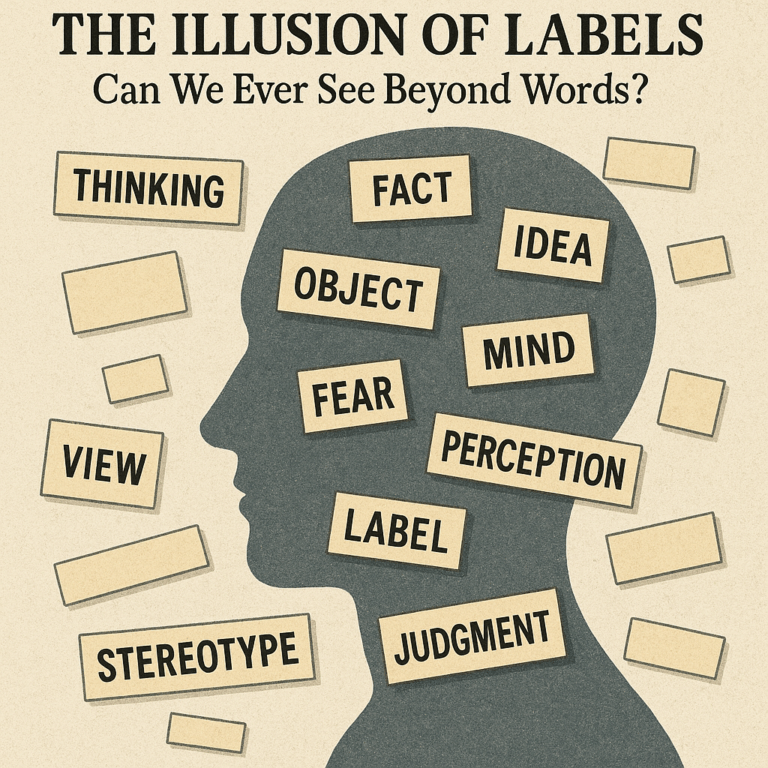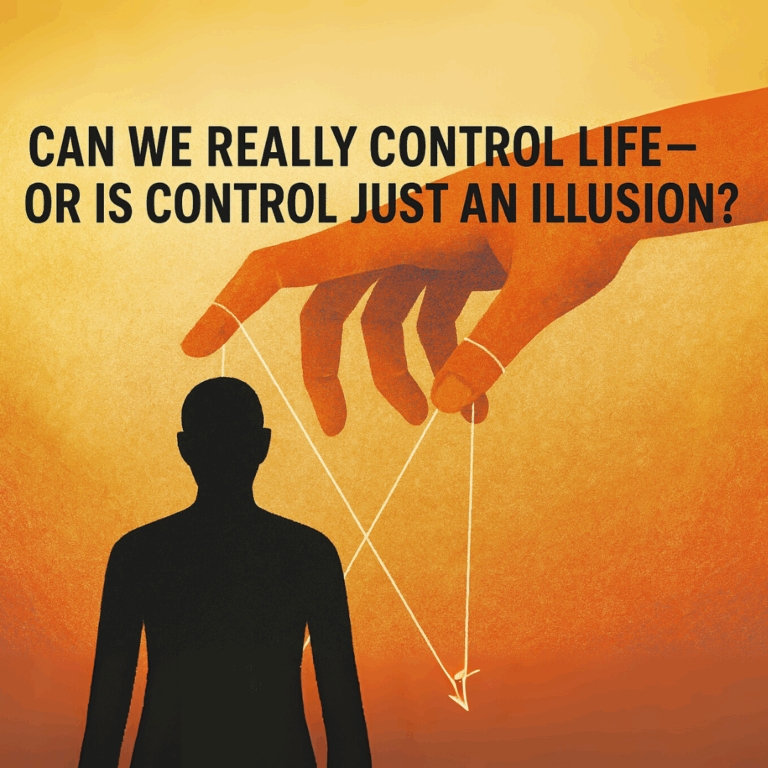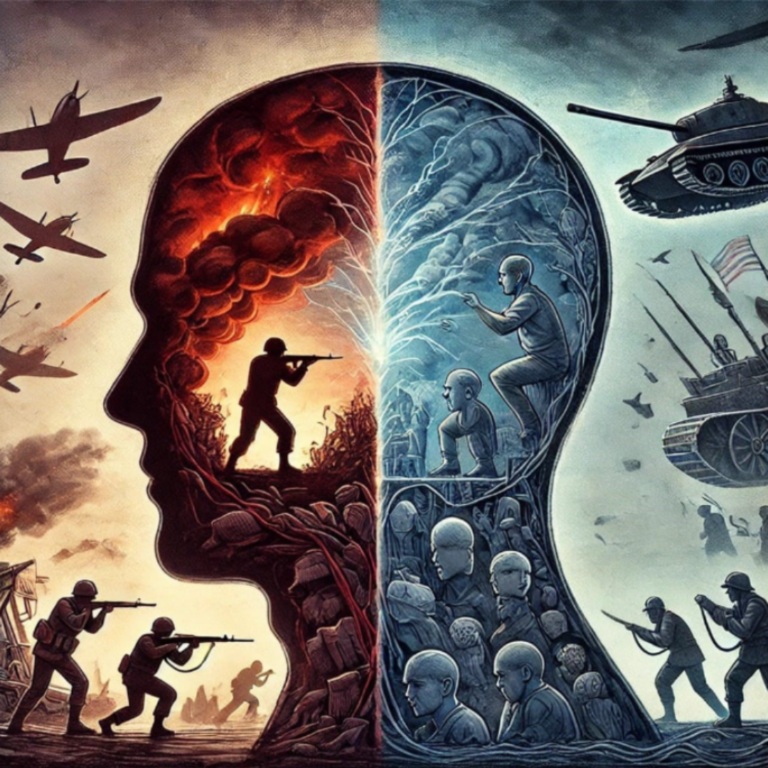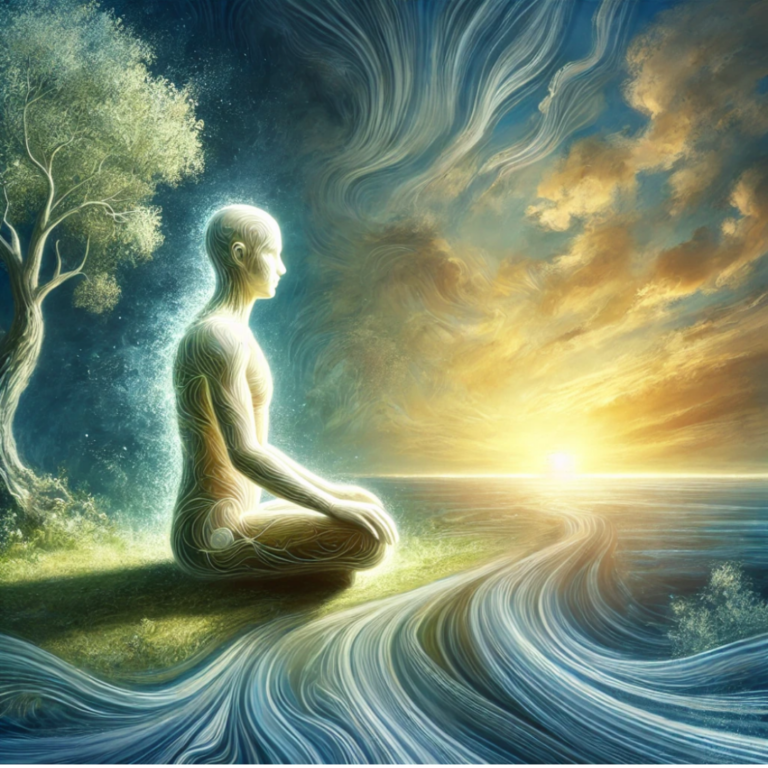May there be peace among the gods in heaven and among the stars; may there be peace on earth, among men and four footed animals; may we not hurt each other; may we be generous to each other, may we have that intelligence which will guide our life and actions; may there be peace in our prayers, on our lips and in our hearts.
Rigvedaa
Some of the points in the article “Prayer for Peace” need further elaboration and clarification. According to the common usage and according to the dictionary the word “prayer” means an act or practice of praying to God. To pray means to make a request in a humble manner. In this kind of prayer there are two entities, the one that prays and the other that is prayed to. In the Sanskrit Chant there is no individual entity praying to God or some outside agency for the fulfillment of a particular desire.
There is no mention or indication of the word “I”. The word “we” has been used. “May WE not hurt each other, may WE be generous to each other, may WE have that intelligence which will guide OUR life and actions; may there be prayer in OUR lips and in OUR hearts.” The feeling “I” being separate from “you” is totally absent. This is not a prayer by petty little “self” that is feeling helpless, lonely, isolated, dejected, caught in some self created turmoil and therefore wanting some comfort, solace, hope and assurance or a prayer by some egocentric person wanting more money, power, position, prestige or seeking some personal gain.
The word ‘prayer’ brings to mind the meaning we are accustomed to. In the Chant, however, the word has been used in quite a different way. What has been said in the chant is not addressed to any outside agency. But it is an understanding that is taking place inwardly. We need to make a clear distinction between the word ‘prayer’ as commonly used and the way it has been used in the Chant. If we can feel the essence of what has been said we can assign the proper meaning. Only by assigning proper meaning can we see the truth of what has been said. The chant is arising out of intelligence that generates action for the common good.
The word ‘may’ used in the chant makes it appear as if there is a gap between what is happening and what should happen so that there is peace. This is not actually the case. This prayer is not for some goal to be achieved in the future. “Peace is in our prayers, on our lips and in our hearts” This means that the action is taking place in the now. Thought is not the instrument that is creating peace “among gods in heaven and among the stars.” That peace already exists.
If you go to any place of worship you find people are begging for something or the other for tomorrow. A person who is celebrating life in the now behaves righteously in the present moment. There is no postponement of right action. Not to hurt each other, not to entertain fear, not to create fear in each others mind, not to deceive oneself and deceive others and not to live a contradictory life is the right action which can happen only in the now. Action born out of understanding is peaceful. It is not violent, aggressive, assertive and dominating.
Prayer in our hearts means that the prayer is happening all the time. Heart beat is going on when a person is alive. Prayer is, therefore the very breath of life. Prayer is going on when one is awake and when one is asleep. How can one even for a split second afford to forget that one is part and parcel of the whole existence? The understanding of the wholeness of life brings into being the action of prayer which is not to hurt each other and to be generous to each other. Action born out of intelligence is the right action. To see the truth, to abide by the truth and to act out of the truth is the right action for peace.
Where there is ego there cannot by prayer. Prayer and ego cannot co-exist. Prayer is for universal peace. The action of ego is always self-centered. Prayer is not an egotistic affair. It is not like sometime you pray and at all other times you remain greedy, jealous and violent. Action of egotistic prayer brings about isolation. Thinking by its very nature is fragmentary and limited. Therefore thinking is not the instrument through which any one can come upon the prayer in our hearts that is the basis for universal peace.
Thought always operates in the area of the known – knowledge, memory and experience. It can never touch the unknown. When thought tries to bring that which is unknowable into the area of the known it creates self-deception. When thinking makes a concept of Truth, it distorts Truth. The world in which we live peace is just a concept and prayer also is a concept because it is based on another concept. Thought creates a concept of God, some supernatural power or authority and worships that authority because it needs psychological security. This need is born out of insecurity that thought itself has created. There is obviously a fallacy in this kind of prayer.
Because of so many different concepts of God we have numerous organized religions, groups and sects. Identification with a particular religion or group creates divisions between man and man. Conflicts and wars arising out of these divisions have created so much misery and sorrow in the world. In the midst of conflicts and wars we create concepts of peace. One can see how politicians all over the world continue to generate ideas about peace and continue to pursue the shadow created by thought. It is like dog (thought) chasing its own tail (ideas about peace created by thought).
When the cause of the problem (thought) creates an idea of peace it strengthens the cause because the idea is the total denial of the cause. To see this thing actually happening we need not go far back in history. During the past ten years the politicians have sown seeds for more and more violence in the name of peace. Not knowing that we ourselves moved away from peace when we created divisions on the basis of religions and nationality, thinking starts creating ideas about peace without getting rid of the cause that creates the problem.
When thought creates an idea of peace it is always in the form of opposite to what it already knows. Thinking is very much familiar with violence so it creates an idea opposite of violence. Violence is the fact, whereas idea is a not a fact. When thinking creates an idea of peace it always puts its own conditions and establishes its own criteria for peace. Those conditions and criteria must meet its self-interest. We think that we can achieve what we want through the process of reward and punishment. But this clever and cunning method has not worked so far.
We treat hate and violence as natural. When we respond to hate with hate and to violence with violence we call this a natural response. We give all kinds of nonsensical, stupid and irrational reasons to sustain violence and then create ideas about peace. Ignoring the basic criteria for peace we placed peace behind our backs and started our journey towards self-destruction. In the name self-defense we created nuclear bomb and now we are all afraid of the same bomb. We are now saying to each other, “We can have it but you cannot have it.”
Is it possible for human beings to look at their own thinking process and their own actions and realize that they are cutting the same branch of the tree on which they are sitting? In the documentary “March of the Penguins” we heard the prayer that was loud and clear. In the harshest of weather conditions the penguins were saying, “ Let us stick together, it is OUR life, it is a question of OUR survival.” Can human beings see the interconnectedness and interdependence of life? Can we feel in our hearts that we need to care for each other and we need to care for the planet?
Can we get rid of superficial labels – “I am a Hindu, a Muslim, a Christian, a Jew or I am an American, an Indian etc”- imposed by the culture that has always encouraged separateness and self-centeredness? No peace is possible without love and love cannot exist as long as we continue to create and perpetuate divisions born out of our own ignorance and stupidity. There can be order and peace on earth if human beings live in a healthy and harmonious relationship with nature and with each other, if they do not hurt each other, if they are generous to each other, if they have the intelligence that guides their life and actions and if they have love in their hearts.
Let us explore together why are we not living that way? Please do send your response to what has been stated above so that by talking to each other we can discover the right action for peace.
Sardar Singh












